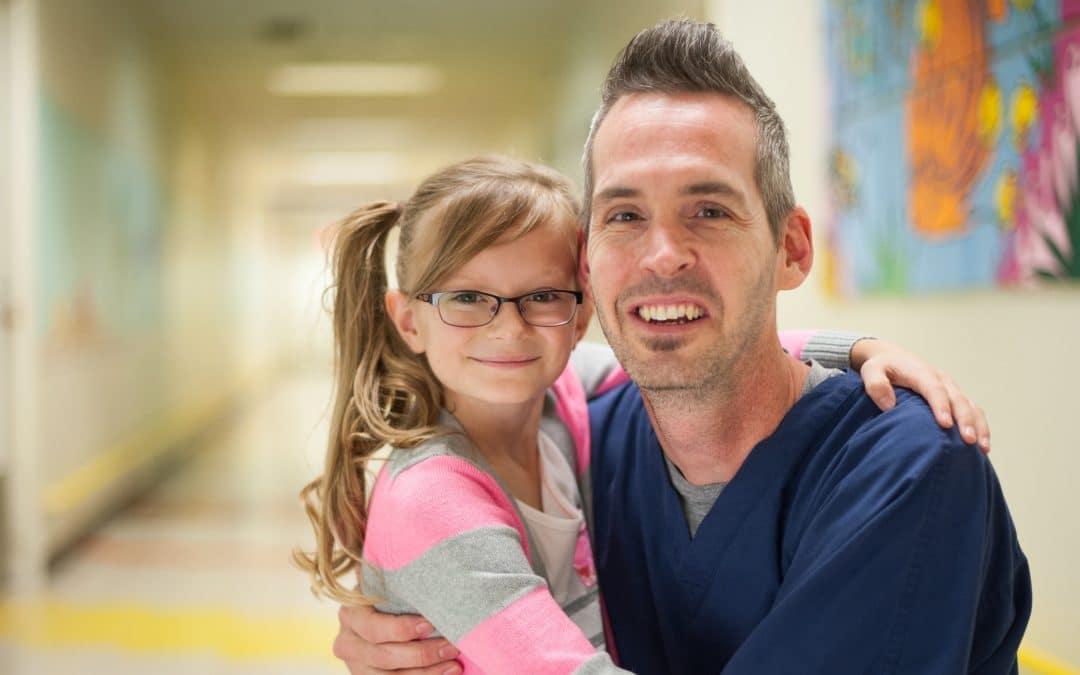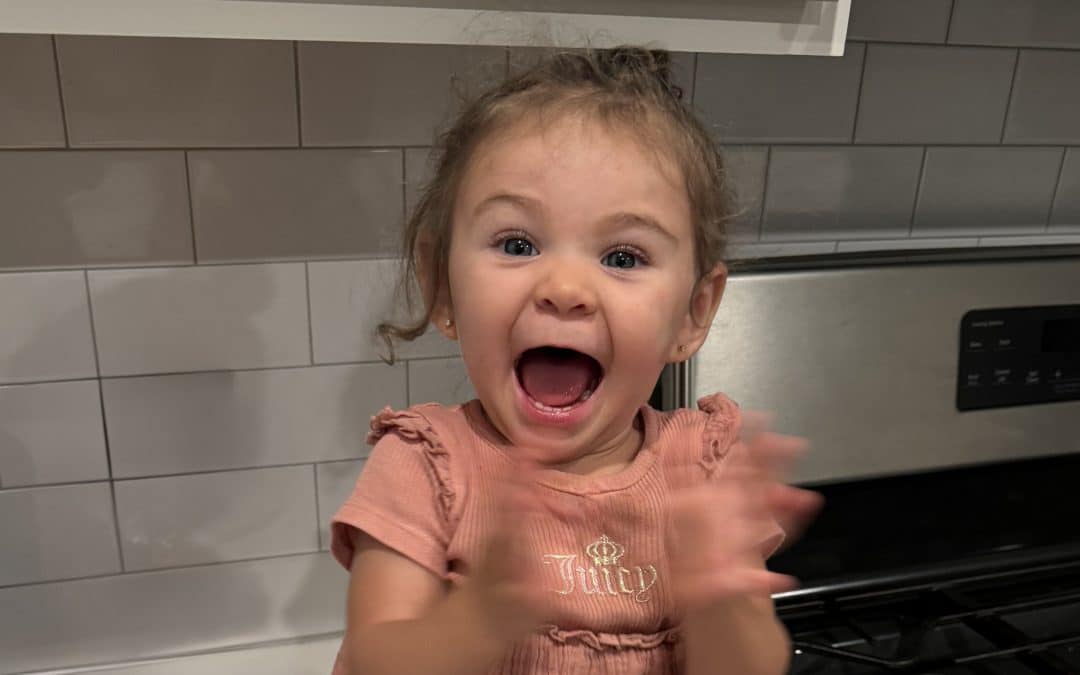What is your job title/your role at Scottish Rite?
My role at Scottish Rite is to fabricate orthotic and prosthetic devices.
What is the most fulfilling part of your job?
The most fulfilling part of my job is the impact that we make on children and their family’s lives.
What makes Scottish Rite a special place to you?
The feeling of being part of a team is what makes Scottish Rite a special place to me.
What made you choose a career in health care?
My dad lost his leg and going with him to his appointments made me realize that this is what I wanted to do as a career.
What is something unique you get to do in your position?
We are always learning new techniques.
What’s your favorite thing to do outside of work?
I enjoy working on old trucks like my 1955 Chevy pickup truck.
Do you have any hidden talents?
I just passed my real estate exams, and I look forward to helping my wife on the weekends.
Where are you from and what brought you to DFW?
I am originally from the Pittsburg area. When Scottish Rite hired me, I relocated to Texas.
If you could travel to anywhere in the world, where would you go and why?
I would go anywhere in an RV with my wife and dogs. We could road trip across America!
If you had to pick one meal to eat for the rest of your life, what would it be and why?
If I had to pick one meal to eat for the rest of my life, it would be whatever my wife is cooking because it is fantastic.
What movie do you think everyone should watch at least once?
The NeverEnding Story.
What was the first concert you attended?
My first concert I attended was Hank William Jr.
Favorite DFW hidden gem?
My favorite hidden gem is my 2,400 sq. ft. shop called The Bent Push Rod Garage.
If you were to have a movie based on your life, which actress/actor would you choose to play your character?
I would choose Timothy Olyphant, who played Raylan Givens in the TV show Justified.
What is some advice you would give your younger self OR what’s the best piece of advice you’ve received?
Enjoy every day because time goes by fast. This too will pass, even the good and the bad.















